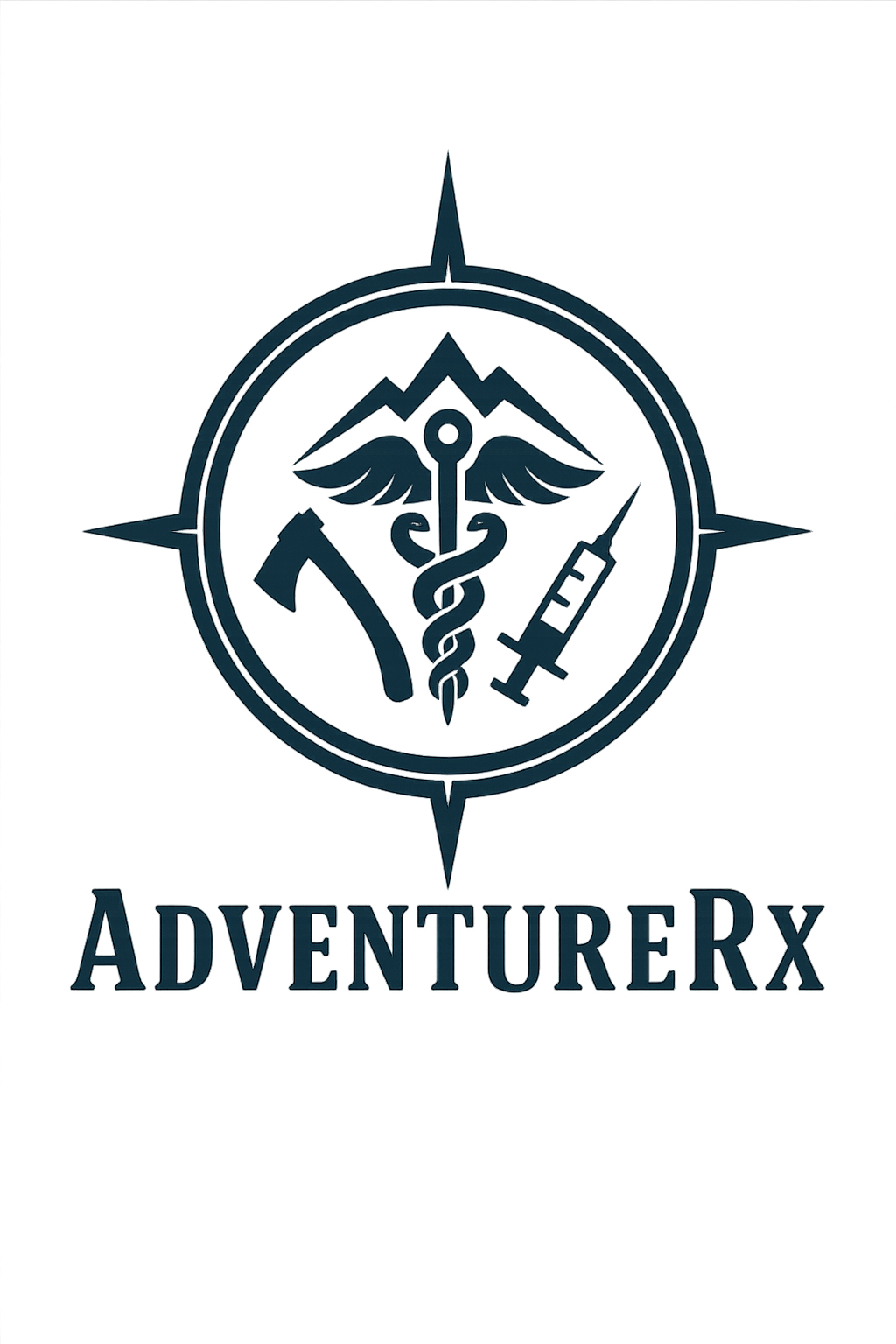"Safe" Isn't Always "Ideal": Navigating the Ethics and Legalities of Hospital Discharges
Disclaimer
This article is for informational and educational purposes only. It does not constitute legal advice or establish a standard of care. Discharge decisions should always follow your facility’s policies and procedures, professional standards, and local, state, and federal laws. Clinicians are strongly encouraged to consult hospital legal counsel, ethics committees, or risk management in complex cases. Laws and regulations may vary depending on location and clinical setting.
In modern healthcare, discharge planning is as critical as the treatment itself—particularly for case managers and nurses working with vulnerable populations. However, in our efforts to ensure timely discharges, we often face an uncomfortable reality: what is safe isn’t always ideal, and what is ideal isn’t always possible. The ethical, clinical, and legal responsibilities surrounding discharge require a thoughtful, patient-centered approach, particularly in California where homelessness, mental illness, and housing insecurity intersect with healthcare delivery.
This article explores the legal definitions of safe and appropriate discharge, California-specific requirements, and the professional ethics that guide nursing and case management decisions.
Defining a "Safe" vs. "Ideal" Discharge
Safe Discharge
A "safe discharge" typically meets the minimum clinical and legal standards to ensure a patient can leave the hospital without imminent risk to life or limb. This may involve:
Medically stable condition
Basic follow-up care arranged or available
Transportation arranged (per facility policy or need)
Capacity to understand and follow instructions, or having a responsible caregiver
Access to shelter or transitional housing, though this is not always required by law
Ideal Discharge
An "ideal discharge" extends beyond safety and considers:
Long-term stability (e.g., permanent housing)
Integrated care (e.g., outpatient therapy, home health, palliative care, or social support)
Patient goals and values
Community-based wraparound services
Many patients—especially those experiencing homelessness, substance use disorders, or mental illness—cannot be discharged to ideal circumstances due to systemic gaps in housing, behavioral health, or care continuity. As a result, case managers and nurses are left balancing what's legal and ethical with what is achievable.
Legal Considerations: California Requirements
California law has several mandates that define what hospitals must do prior to discharging patients, particularly those who are homeless or unable to care for themselves.
1. California SB 1152 (2019)
This legislation requires hospitals to meet specific obligations when discharging homeless individuals. Hospitals must:
Provide appropriate clothing and transportation
Offer a meal or food resources
Make referral to shelter and behavioral health services, if appropriate
Document the discharge plan and location
Obtain written consent to the discharge plan, or document refusal
Link: California Legislative Information - SB 1152
2. EMTALA (Emergency Medical Treatment and Labor Act)
Federal law mandates that hospitals must stabilize patients before discharge or transfer, particularly from emergency departments. This includes mental health crises and substance withdrawal.
Link: Centers for Medicare & Medicaid Services (CMS) - EMTALA
3. Title 22, California Code of Regulations
Outlines discharge planning responsibilities in licensed acute care hospitals. Facilities must:
Provide discharge planning for all patients, especially those with complex needs
Include patient and caregiver input
Coordinate with community services and post-acute providers
Link: Title 22 CCR, § 70707 – Patients’ Rights
Ethical Obligations: More Than a Checklist
Nursing Ethics
According to the American Nurses Association (ANA) Code of Ethics, nurses are ethically obligated to:
Advocate for patients’ best interests, even when resources are limited (Provision 2)
Protect the rights and dignity of all patients, regardless of socioeconomic status (Provision 8)
Promote social justice and equitable care (Provision 9)
Link: ANA Code of Ethics
Case Management Standards
The Commission for Case Manager Certification (CCMC) emphasizes patient advocacy, health equity, and collaboration with multidisciplinary teams to support ethical decision-making—even under pressure to discharge quickly.
Link: CCMC Code of Professional Conduct
Navigating the "Gray Areas" of Discharge
While hospitals cannot always guarantee ideal discharges, ethical discharge planning includes:
Engaging early in discharge planning (not waiting until the day of discharge)
Communicating transparently with patients about options and limitations
Escalating concerns (e.g., ethics consults, legal counsel, or risk management) when safety is in question
Documenting thoroughly the rationale and steps taken to coordinate post-discharge care
Case Example: The Ethical Dilemma
Imagine a homeless patient with schizophrenia stabilized in the ED. He is no longer a danger to himself or others, but there’s no available psychiatric bed or shelter. Legally, you may be allowed to discharge him with medication and resources. But ethically, is this enough?
This scenario underscores the limits of what we can do versus what we should do. Safe discharge might check all the boxes, but an ideal discharge would include placement in supportive housing, a psychiatric follow-up, and long-term case management if accessible and patient in agreement.
Call to Action: Advocate, Document, Reflect
As nurses and case managers, our role is to push the system toward equity—one patient at a time. When ideal isn’t possible, we must:
Document concerns and attempts to coordinate care
Engage leadership and ethics teams
Continue advocating for systemic change
By recognizing the ethical tension between safety and idealism, we can provide care that’s not just legally sound—but morally grounded.
References
American Nurses Association. (2015). Code of ethics for nurses with interpretive statements. https://www.nursingworld.org/coe-view-only
California Legislative Information. (2018). SB-1152 Hospital patient discharge process: homeless patients. https://leginfo.legislature.ca.gov/faces/billTextClient.xhtml?bill_id=201720180SB1152
Centers for Medicare & Medicaid Services. (n.d.). Emergency Medical Treatment & Labor Act (EMTALA). https://www.cms.gov/Regulations-and-Guidance/Legislation/EMTALA
Commission for Case Manager Certification. (2020). Code of professional conduct for case managers. https://ccmcertification.org/about-ccmc/code-professional-conduct
State of California. (2024). California Code of Regulations Title 22, §70707 - Patients' Rights.
